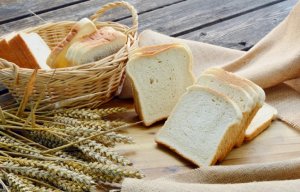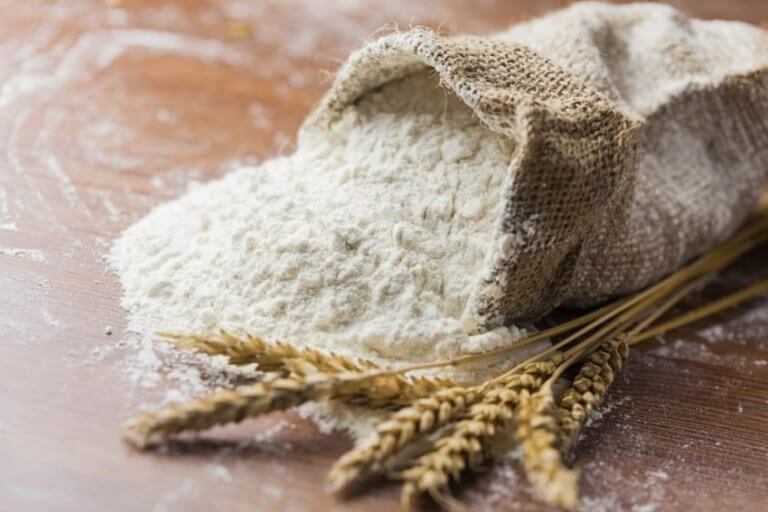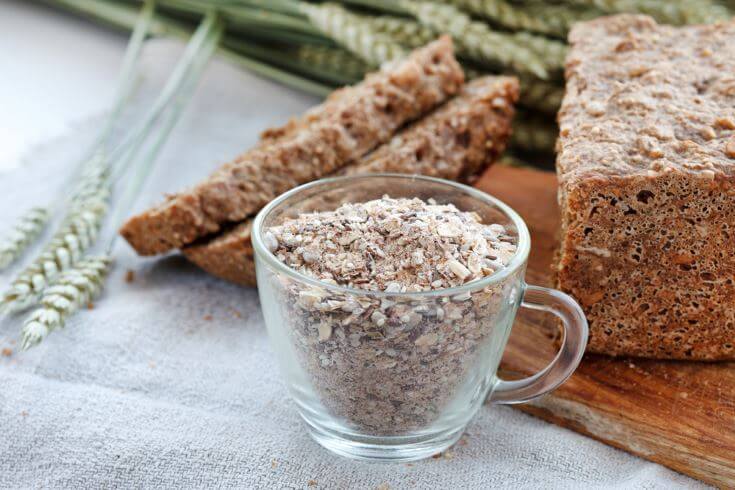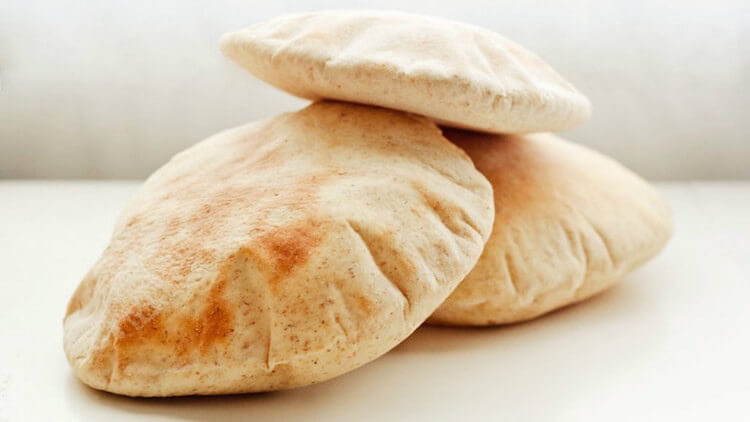What is the Healthiest Non-fattening Bread?

Bread is traditionally one of the most consumed foods in the world. It makes a perfect side to any meal. And it’s an easy option for mealtime. It can be eaten with any meal during the day. And since there are so many kinds of bread, the question remains as to which is the healthiest non-fattening bread.
When a person decides on their own, or with the advice of a nutritionist, to stop eating bread, he or she will probably be looking for replacements. It’s normal to have questions about what kind of bread is the best on the market, especially when you want to avoid gaining weight. In this article, we’ll be discussing some of the best types of non-fattening bread.
Nutrients and ingredients

It’s important to note that nutritionists actually advise moderate bread consumption. That’s because bread contains several nutrients of the food pyramid. It’s full of nutrients and vitamins.
Its basic ingredients are wheat flour, water, yeast, and salt. The rest of the ingredients depend on the type of bread, and there’s a wide range of diverse breads on the market. All of the ingredients mentioned above contain certain nutrients and vitamins. Some of the most important are carbohydrates, fiber, B3 vitamins, and Vitamin E. They also provide minerals, such as calcium, and iron.
The nutritionists of the World Health Organization recommend it. This is basically because of two components found in bread: fiber and carbohydrates. In fact, most nutritionists say that consuming carbohydrates is essential to maintain a good nutritional balance.
Want to know more? Beware of These 5 Morning Habits That Are Making You Fat
Fiber

Now, is bread really fattening, and are there types of non-fattening bread? If we analyze this question further, we will see that bread also contains ingredients that are not good at all for losing weight. For example, bread usually contains starch, and flour. Weight gain will depend on each individual’s body.
A 30-gram slice of bread may contain 80 calories. Therefore, bread should always be consumed in moderate amounts. Otherwise, the benefits of bread will be overshadowed by unhealthy drawbacks that end up making people fat.
Ideally, one should consume consume those carbohydrates from other sources besides flour to get the necessary calories in their diet.
See this article: Make This Energizing Breakfast Without Dairy, Flour, or Sugar
What’s the best and healthiest non-fattening bread?

We all know that there’s a large variety of breads on the market. Among the most famous are the white breads, the wheat breads, cakes, and baked goods. But when it comes to the healthiest choice, here are some good options:
- Oatmeal bread. This is a very healthy, light bread. It’s high in fiber and helps reduce cholesterol and minimize calories.
- Multi-grain bread. This type of bread has high vitamin and mineral content. It’s perfect for dieting since it has a lot of fiber.
- Whole grain bread. Unlike normal white bread, the flour with which this product is made comes from whole grains. These grains have many health benefits for your body and less calories.
- Rye bread. It’s definitely one of the healthiest breads. The wheat in this bread is much more compact, which allows it to be relatively lower in fat.
- Less healthy bread. Cakes and sandwich breads are the least healthy. Since they are industrial products, they are made with artificial ingredients and chemicals that make them last longer. This implies high fat and eliminates much of the nutritional value the bread may offer.
All cited sources were thoroughly reviewed by our team to ensure their quality, reliability, currency, and validity. The bibliography of this article was considered reliable and of academic or scientific accuracy.
- Hager, A. S., Wolter, A., Jacob, F., Zannini, E., & Arendt, E. K. (2012). Nutritional properties and ultra-structure of commercial gluten free flours from different botanical sources compared to wheat flours. Journal of Cereal Science, 56(2), 239–247. https://doi.org/10.1016/j.jcs.2012.06.005
- Scazzina, F., Siebenhandl-Ehn, S., & Pellegrini, N. (2013, April 14). The effect of dietary fibre on reducing the glycaemic index of bread. British Journal of Nutrition. https://doi.org/10.1017/S0007114513000032
- Mariotti, M., Garofalo, C., Aquilanti, L., Osimani, A., Fongaro, L., Tavoletti, S., … Clementi, F. (2014). Barley flour exploitation in sourdough bread-making: A technological, nutritional and sensory evaluation. LWT – Food Science and Technology, 59(2P1), 973–980. https://doi.org/10.1016/j.lwt.2014.06.052
This text is provided for informational purposes only and does not replace consultation with a professional. If in doubt, consult your specialist.








